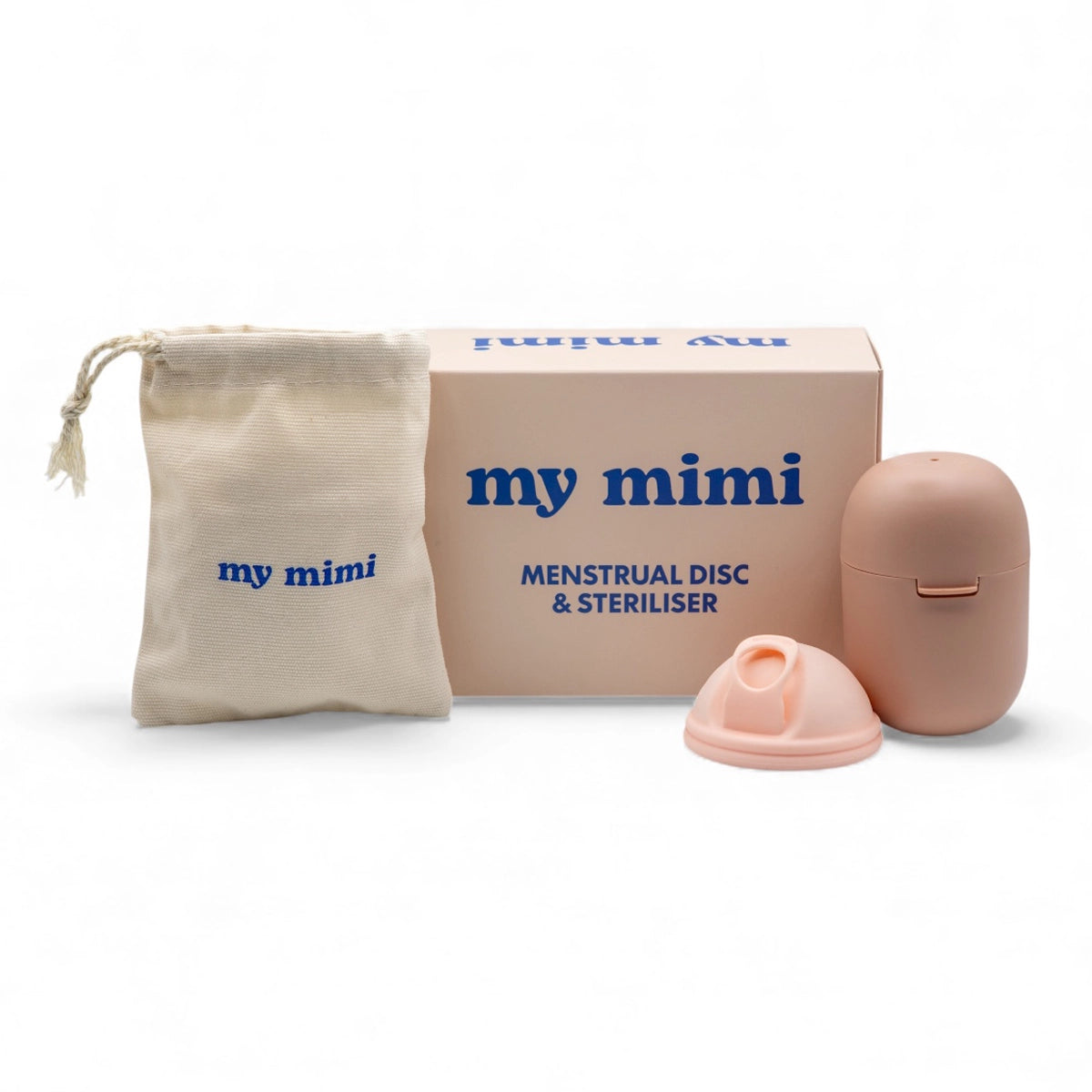period pain: when to seek help and treatment options
Date Created: 16th of May 2025
Read Time: 7 minutes
"Up to 90% of people who menstruate report experiencing pain during their period." - Jean Hailes for Women’s Health
Period pain is common - but that doesn’t mean it should be ignored. Sometimes, it’s manageable with rest and over-the-counter relief. Other times, it can disrupt your work, sleep, or day-to-day life. Knowing the difference between “normal” discomfort and something that needs medical attention is key to looking after your body.
what causes period pain?
Period pain (also called dysmenorrhoea) is usually caused by the uterus contracting to help shed its lining. This is triggered by hormone-like substances called prostaglandins. The more of these your body produces, the more intense your cramps might feel. But if your pain is severe, persistent, or getting worse, it could be linked to other conditions like endometriosis, fibroids or adenomyosis.
how to tell when it’s time to see a doctor
- Your period pain interferes with school, work or everyday activities
- Over-the-counter pain relief doesn’t help
- The pain lasts more than a few days or comes on suddenly
- You experience pain outside of your period - such as during sex or ovulation
- Your flow is unusually heavy or you’re passing large clots
Don’t wait until it’s unbearable. Speaking to a GP or gynaecologist early can help you manage symptoms and rule out underlying conditions.
treatment options for painful periods
pain relief medications
Anti-inflammatory drugs (like ibuprofen or naproxen) can reduce the production of prostaglandins and ease cramps. They work best when taken before the pain sets in fully, so don’t wait until you're already doubled over.
lifestyle support
Gentle exercise, stretching, and heat packs are tried-and-true allies. Magnesium and omega-3s may also help reduce inflammation. You can support your cycle with healthy meals, good sleep and less stress where possible.
menstrual care that makes a difference
Choosing the right period product can reduce pressure and discomfort. Many my mimi menstrual disc users report less bloating and irritation when switching to our disc, which is worn internally and doesn’t rely on suction. The soft, medical-grade silicone flexes with your body, and the unique loop tab for easy removal means no awkward digging or pulling.
The my mimi menstrual disc comes in two sizes:
- Small: 32ml (holds up to 5 regular tampons)
- Large: 61ml (holds up to 7 regular tampons), suited for those over 30 or who have given birth vaginally
real stories:
"I’ve had painful periods since I was a teenager. I’d lie on the floor with a heat pack, take ibuprofen like clockwork, and still miss uni classes. A friend suggested trying the my mimi menstrual disc. I didn’t think something so simple could help - but it did. The first thing I noticed was how much less dry and irritated I felt compared to using tampons. Then I realised I wasn’t feeling as much pressure or bloating either. Now I can go about my day and trust that my period isn’t calling the shots anymore." - Ruby from Fremantle, Australia
what’s next if the pain doesn’t ease?
If you're still struggling with period pain after trying these options, book in with your GP. You may be referred to a specialist or recommended further testing. Conditions like endometriosis are common and often underdiagnosed, but there are effective treatments available.
For more ways to support your cycle, read our guides on how menstrual discs work and why reusable period care could be a better fit for your body. You can also explore our customer reviews who have made the switch.












